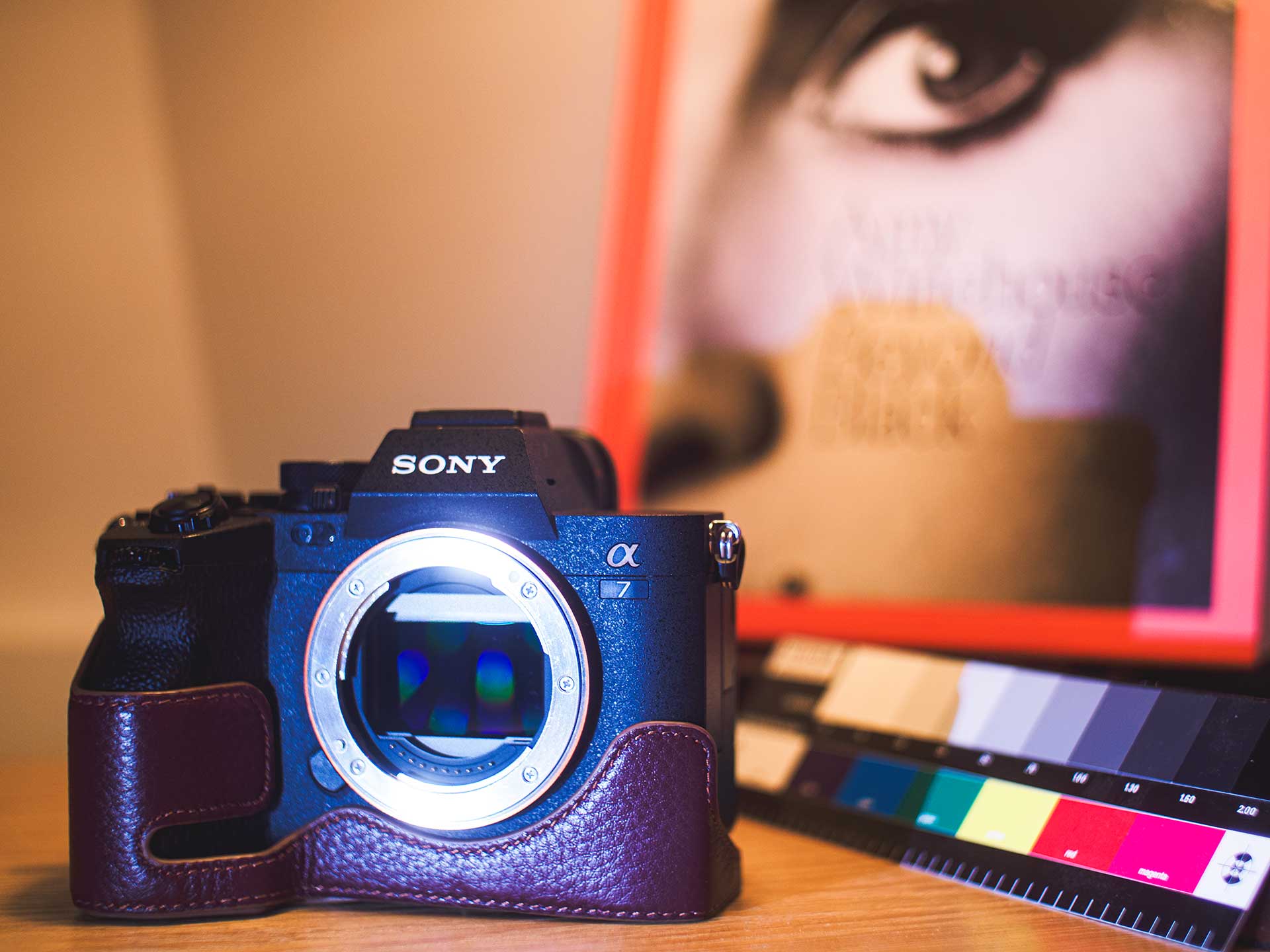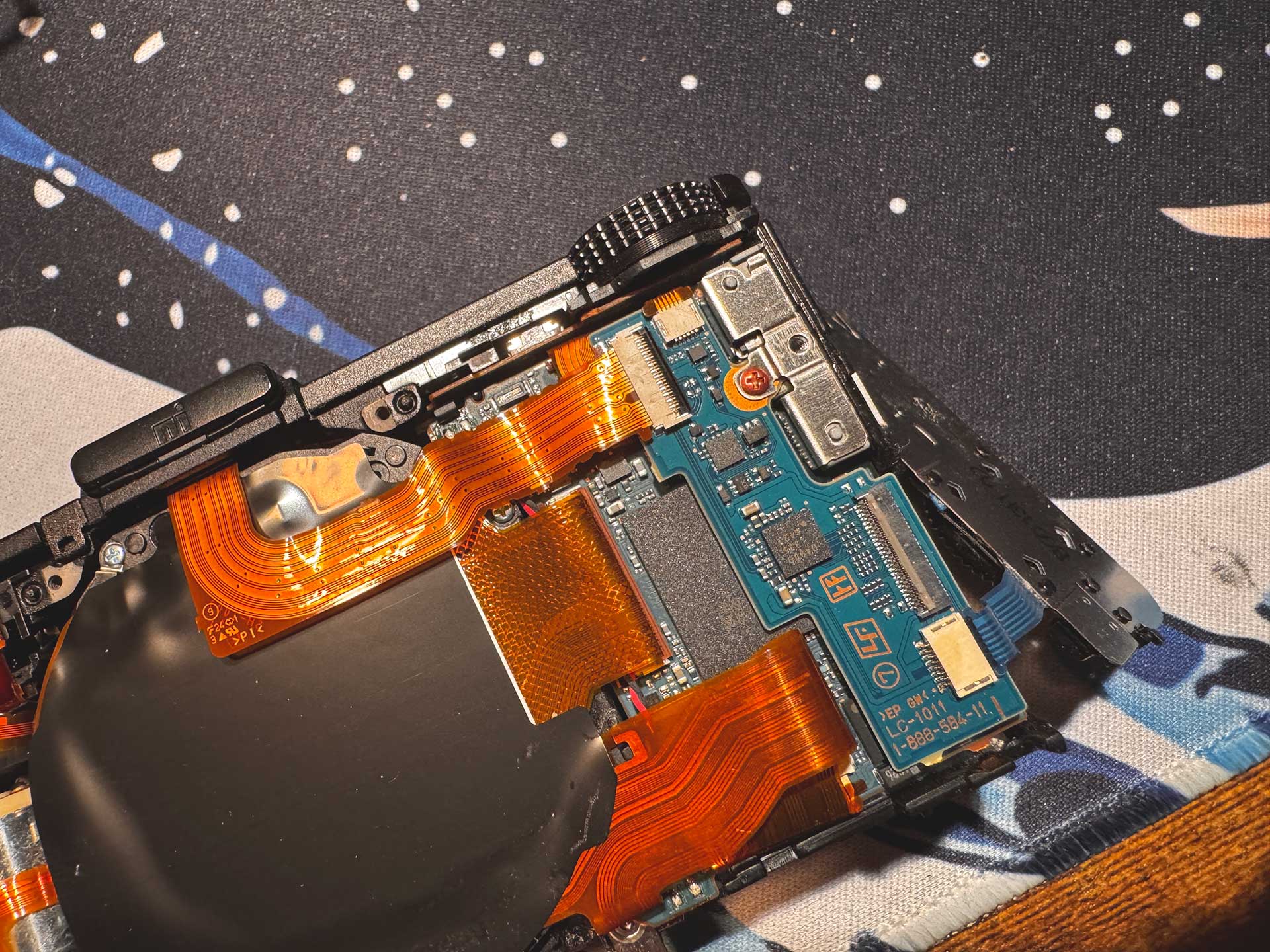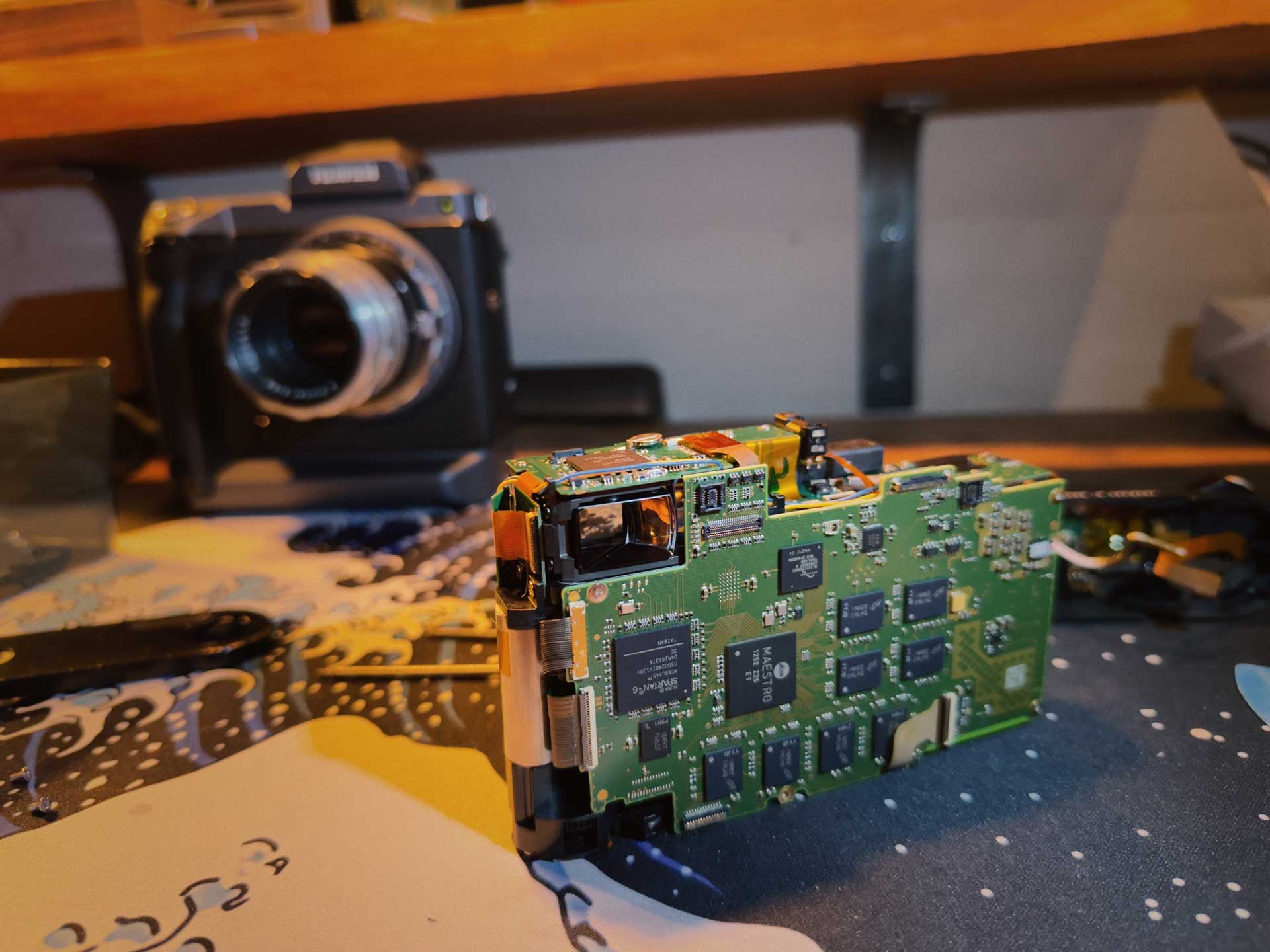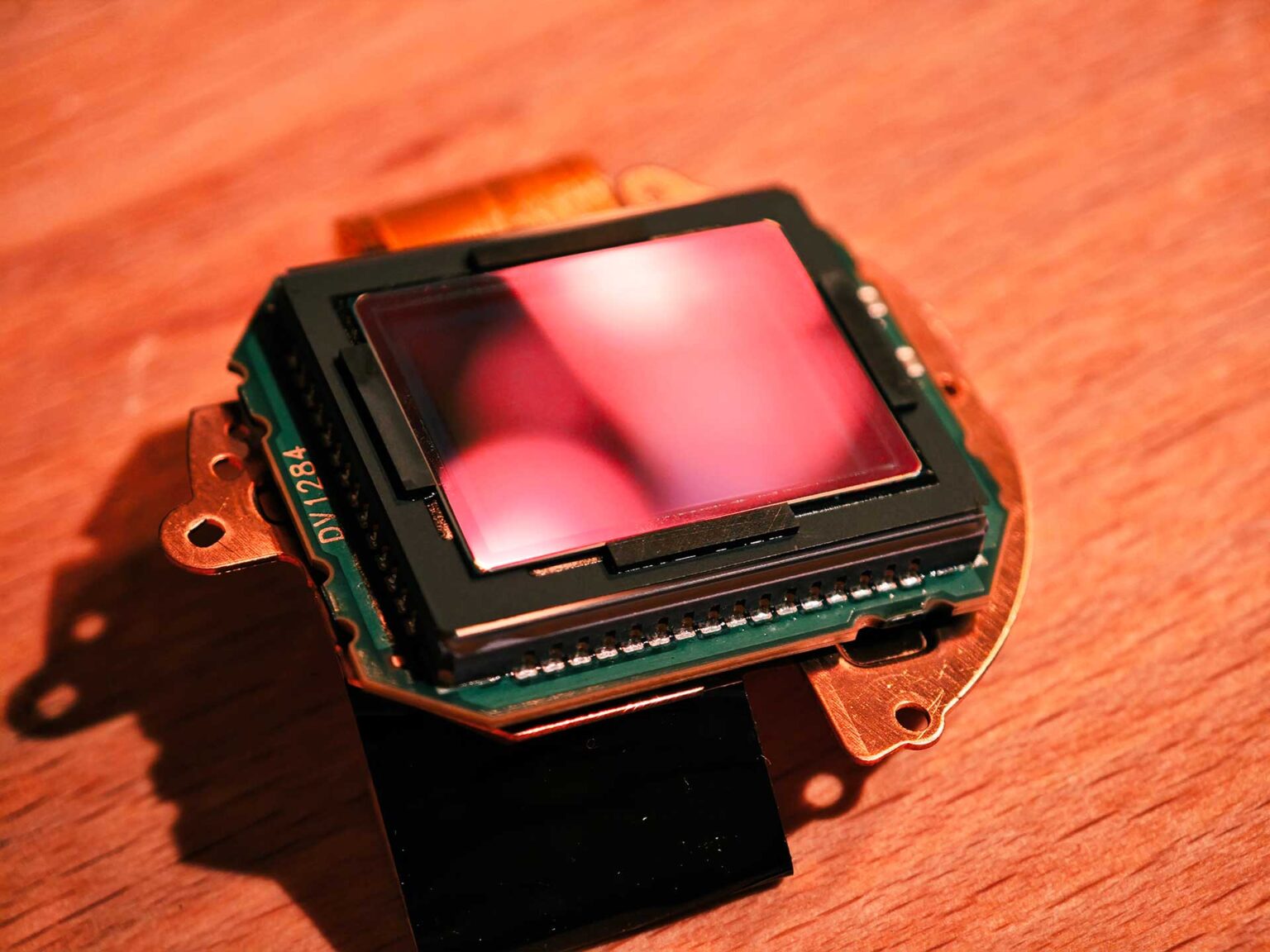 In search of a side hustle, I recently turned fixer – Camera fixer that is (although you could call it more of a side hassle than a hustle, it’s good fun). As a result I’ve been tinkering about inside every brand of camera, hoping to bring dead souls back to life. These spares & repairs were all pretty dead, but I’ve had good success – well as being able to form an opinion about the way in which each brand designs and puts together their latest cameras.
In search of a side hustle, I recently turned fixer – Camera fixer that is (although you could call it more of a side hassle than a hustle, it’s good fun). As a result I’ve been tinkering about inside every brand of camera, hoping to bring dead souls back to life. These spares & repairs were all pretty dead, but I’ve had good success – well as being able to form an opinion about the way in which each brand designs and puts together their latest cameras.
But most interestingly of all, I was able to discover some common problems – and there’s none more stranger than the dreaded BOOTLOOP problem sweeping across Sony land right now.
Search “Sony a7 IV bootloop problem”… And you will find a common theme – Sony customers are having cameras like the a7 IV, FX3, a1 and a7r V fail repeatedly outside warranty – and yes, you read that right – even the very high-end models like the Sony a1 and a7r V are affected.
The problem usually goes something like this… A perfectly normal camera begins to develop a bootloop where the camera immediately turns itself off when switched on, and tries to reboot immediately before you can even get into the main menus.
The camera then goes into a never-ending power cycle and this sometimes needs an expensive repair, and other times goes away like nothing has happened, only to return later. Clearly, Sony’s gear has a problem, but nobody at Sony is telling. What is the problem? What is causing it?
According to the experience of Sony users around the world – repairs almost always require the swapping out the most expensive part of the camera – the entire mainboard, at the cost of anything between $800 and $2500.
I decided to see what was going on, so at a knock-down price I bought a bootloop Sony a7 IV for £400 in England.

I should point out that I’ve been lucky with Sony. Up to now my a1 had been faultless, my a9 also and before that the a7r III was a real workhorse and is today a super-underrated image for the price.
The RX100 series however, I have found to be far more troublesome. When I took my Japanese spec screwdriver kit to an old RX100 OG I’d found for 5 euros, a common issue reared its head.
Apparently Sony had so tightly packaged the components to fit the small casing that the flexible printed circuit cables (ribbon cables) were bent at such extreme folds that over time the metal begins to fatigue and crack. One of the most common issues on the RX100 series is that the flexible cable connecting the lens module to the mainboard starts to break apart spontaneously. No amount of careful treatment by the user throughout the life of the camera will stop this from happening. It’s a design spec flaw, a mistake by Sony and a side effect of trying to fit too much into such a small camera.


Before we get back to my Sony a7 IV experiment – it’s worth mentioning what I found in other cameras under the hood. By far the best put together, was unsurprisingly the older Leica M Typ 240 I found and was able to repair by baking it in the oven (more on that later), followed by the Nikon DSLRs of the D700 era which are masterpieces of customised silicon and Nikon’s own chips. Things start to go down hill once you get into the second half of the 2010s, but two companies stand out for being better – Panasonic and Fuji. Their cameras have a low failure rate, and are logically laid out inside – a prime example being the Panasonic GX9 and Fuji X-Pro2/3 – with higher quality components giving room to breathe and higher quality connecting tissue – i.e. ribbon cables, cable sockets, tougher screws and just all round less fragile for an amateur repairer like me to handle. Whereas Canon are bottom of the pile, with incredibly delicate connecting cables that mysteriously tear or break without you really doing anything much – thin PCBs and even thinner connectors that feel like they’re made of cheese. It’s clear to see they are cutters – reducing costs across their range. Sony is better – kind of middle of the pack just below Nikon – but that powerful spec sheet comes at a cost. They tend to cram too much into a too-small casing, which makes repairing more difficult, and puts more stress on the connecting cables and densely laid out components.

Alas, back to the a7 IV which had just arrived at EOSHD HQ, and I was able to confirm that it does indeed have the dreaded bootloop problem.
Upon powering up, the sensor shifted into position via the IBIS system with the normal clunk, the screen comes on with all the icons appear, buttons are responsive and you can briefly bring up the menus – but there’s no feed from the sensor and the camera then immediately tries to reset itself. On the second boot, the same thing happens and so on. The camera had at some stage been updated to the second-to-latest firmware update available at the time of writing (November 2025) – version 5.0, and the shutter count was just 12,000 so this was not an early model or early firmware issue, and not a result of the camera having a long hard stressful life.
But then something curious happened. Instead of flicking the power switch the normal way, I removed the battery and left the switch in the ON position. Upon reinserting the battery with the switch in the on position, the camera booted up and stayed on. The sensor was supplying an image, and I could enter the setup menus. All good.
A bit of research and I was able to find a popular post on Reddit – How to Fix System Error Boot Loop | A1, FX3, A7RIV, A7RV – which claims that the fix is to put the camera in Airplane mode and disable all the networking features (both wifi and bluetooth).
I thought I’d hit gold. In airplane mode, all was fine for the day – I could cycle the power and shoot as normal, but then something even more strange happened… The next day, the same problem returned!
This time something else was happening as well…which I have never seen before on any camera. During autofocus, the feed from the sensor would glitch and shrink to a quarter of the screen with false colours and an interlaced line effect. It was if there was a power supply or connection issue between the camera’s image processor and the sensor.
I also recorded a glitched image, just one in a series of hundreds, but it was enough to tell that the Networking module fault might not be quite the whole story.

Shortly after this shot was taken the bootloop returned. I could no longer use the camera.
Before prying the back casing off, I wanted to see if I could eliminate the mechanical shutter as a source of the problem. The shutter is a key component of the camera, it takes a lot of stress and has to be checked at boot by the system architecture, if it detects an unexpected reply – then like with a faulty sensor – the camera will problem crash or throw an error.
With the camera set to silent mode and electronic shutter only, the bootloop problem remained.
And then spontaneously after a few more tries and by placing the camera in a warmer place near a heater, it sprang to life again like nothing had ever happened.
This was getting stranger and stranger – but this latest “fix” pointed to another suspect.
One common problem could which could explain why heating the camera had given relief.
For environmental reasons the camera industry switched to using lead-free solder in the late 00s, the solder which fuses components together in tiny bumps under a chip, or a connection socket on the intricate circuit board. This solder is prone to what’s known as cold joints or micro-fractures developing in the soldered connections, and in this situation a circuitboard needs to be heated to over 200 degrees centigrade in an oven for these fractures to melt over and heal.
As you can see on the EOSHD Forum I recently fixed a Leica M Typ 240 this way, and my pizzas have never tasted quite the same since. Before baking, the camera was completely kaput, with no image on the screen and no response from any of the controls other than the shutter button. Curiously the Leica was able to fire the shutter as normal and light up the rangefinder window, as if the top half of the camera was working independently from the “digital part”.
A quick 7 minute bake in the kitchen was all that was needed to return the Leica mainboard to life and the M 240 powered up normally afterwards and I’ve been happily shooting with it ever since.
Could it be that when the Sony a7 IV’s mainboard was toasty, for example when shooting 4K or sitting in a warmer room, that nanometers of expansion in the metal would cause such a small microscopic crack to fuse together temporarily, and when cold the gap might open up again?

And so the next day, with the camera still working remarkably fine, I took it out for a shoot in the Peak District of England, in sub-zero temperatures. Guess what – it worked fine and I was able to take hundreds of shots.
I’d once again disabled the mechanical shutter, the networking and swapped the third party battery (which worked fine in my other Sony) for a genuine one. I also made sure to update the firmware from 5.0 to 5.1, the very latest.
With the EPROM chip that contains the operating system updated, the camera has worked for a few days uninterrupted. Could it be due to a system file corruption issue? Possibly to do with degradation over time of the Linux boot chip which contains all the camera firmware gizmos – or could it even be that the third party battery had damaged some sort of power IC on the mainboard?
Well, the latter I am doubtful about as third party batteries are extremely common and still have the same safety control circuitry as a normal Sony Z cell.
I also doubt that the problem is with metal fatigue or cold solder. When micro-fractures begin to appear they only get worse – not better, especially in cold temperatures with rougher handling of the camera out in the field.
Instead, I suspect there is a common fault with ALL of Sony’s cameras, which affects the mainboard or firmware and causes a software crash when a component such as the sensor, a networking module, wifi or the mechanical shutter fail to give the expected result back to the image processor.
In my case, this seemed to be having an impact on the sensor – hence the corrupt image from earlier, and weird behaviour during autofocus.
But does the fact this hasn’t happened again since updating the firmware only once, from 5.0 to 5.1 point to there possibly being some sort of software corruption at play?
I’m only on day 5 with the camera. After the initial faults appearing intermittently, i’ve now had a trouble-free run with the camera, but Sony really should explain to us what this is all about.
So if you experience the Sony bootloop, I encourage you to document your experience on Reddit at the Sony subreddit, so we can compare our experiences and solutions.
In my case, the solution is still in its early stages, but it appears to have completely stabilised the camera.
In a nutshell it is below if you ever need to try it:
- To bring the camera out of the bootloop leave the power switch in the on position and pull the battery before reinserting it with the camera still switched ON.
- Also use a different battery, and make sure it’s a genuine Sony one.
- If you temporarily get the camera to behave, you now need to follow the next 3 steps:
- First, immediately enter the main menu and disable networking – aka put the camera in Airplane mode. If the camera bootloops when you enter the networking menu, this may make the task more difficult but keep trying.
- Secondly, disable the mechanical shutter and enable the electronic shutter – a quick way to do this is to set the option for Silent Mode in the menus. Leave it switched on and set the auto-power-down option in the menus to at least 30 minutes – let the camera warm up and remain on.
- You can also try using a battery grip, which reduces the current resistance to the camera and by leaving the camera on it may help to stabilise temps, plus any power IC components and capacitors
- Once the camera appears to be stable, update the firmware if possible.
- Now you can stress test it, use it as normally, cycle the power, and see how long it remains fixed for.
- In my case I am at day 5. So far so good.
- I’ll update on the situation in a few more days.
I hope this post has been helpful to raise awareness about what is becoming an increasingly common issue with Sony’s equipment.
I will soon be reaching out to Sony for comment, as I do think they have questions to answer on what is going on. For those Sony users who are outside their warranty period, especially on the high-end and very expensive models like the a1 and a7r V, it’s a very expensive repair – and if the techniques I outlined above don’t work, you may not have an option but to send it in!
In this case, even with the out of warranty cameras I think Sony knows there is a common problem, what it is, and why it happens.
And as a journalist in the camera industry, I’ll be making sure the truth comes out about it.



